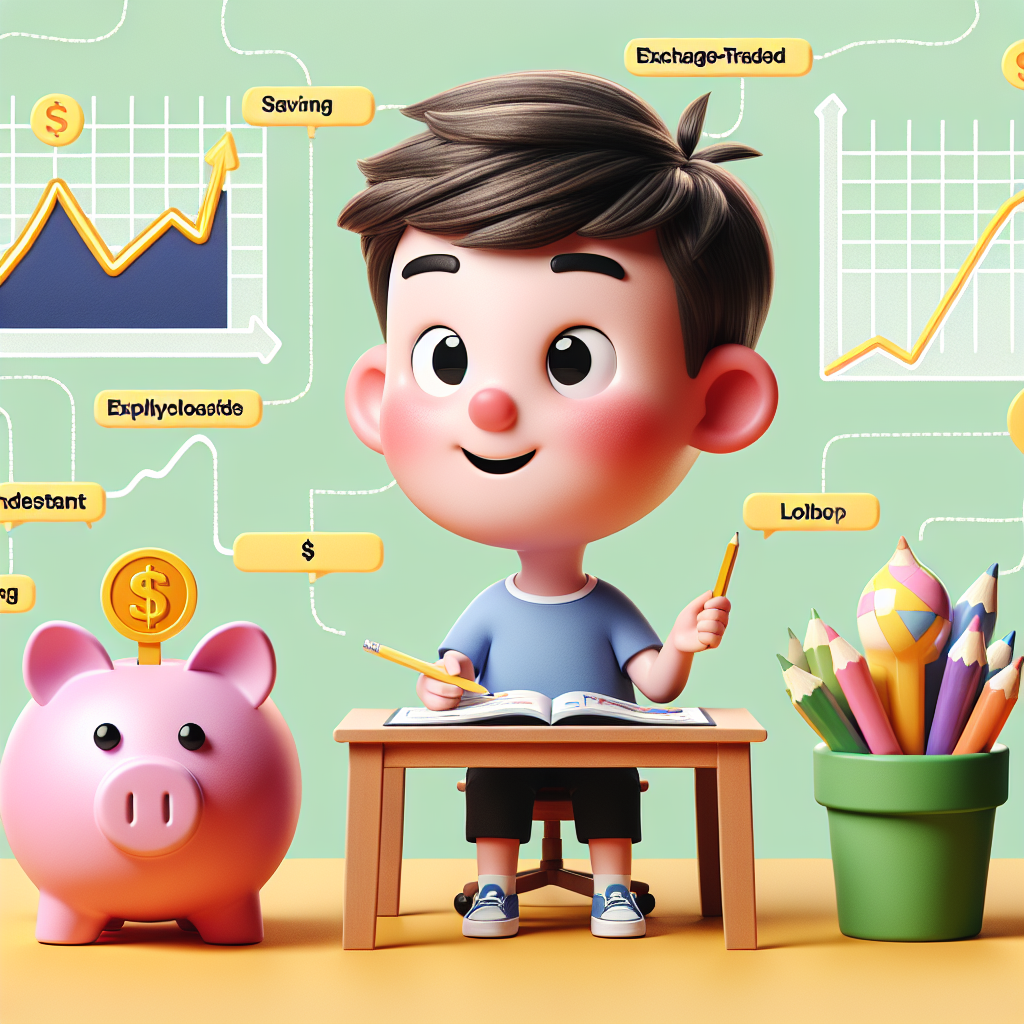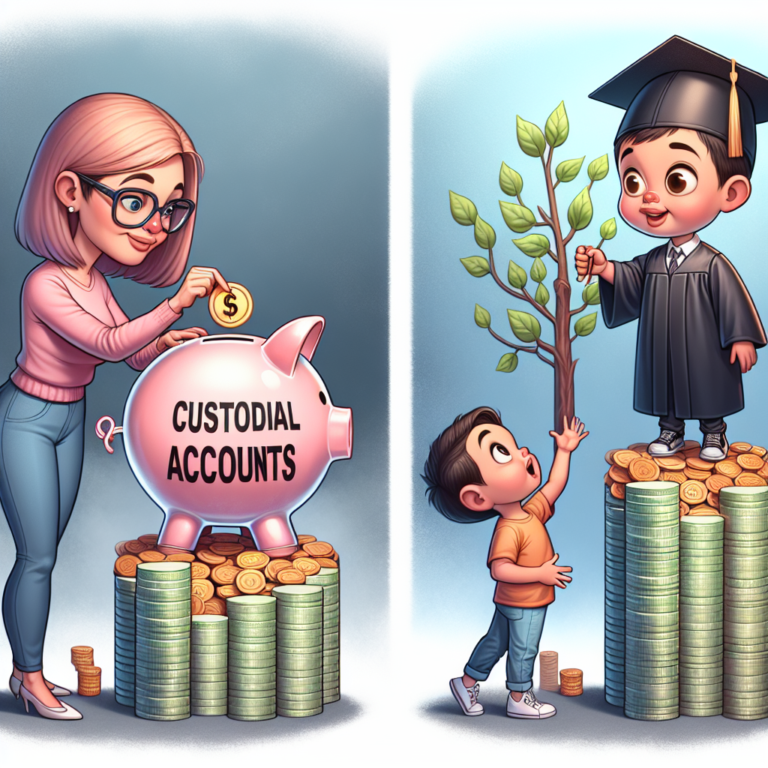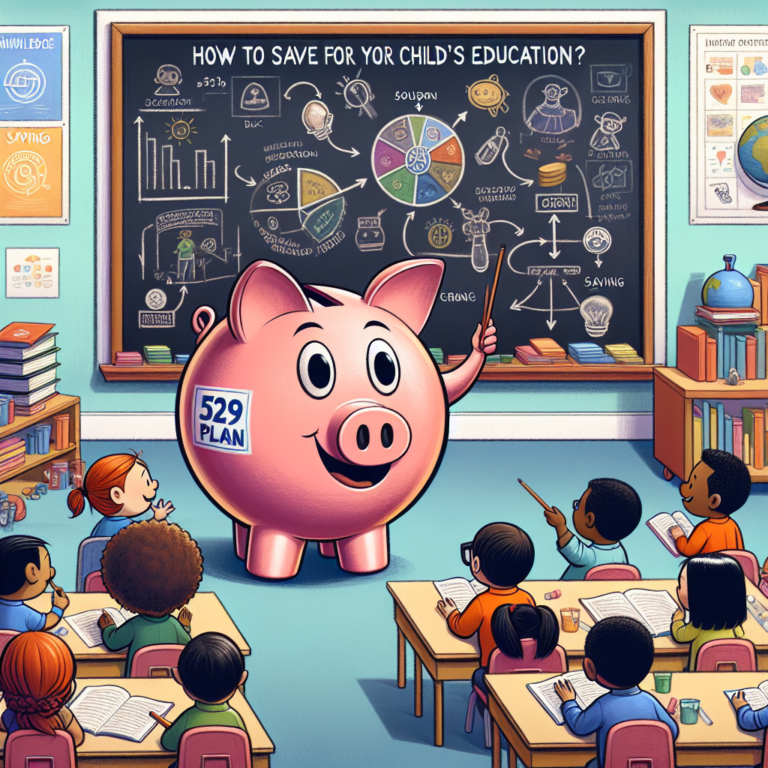
ETFs 101: A Beginner’s Guide to Kickstarting Your Child’s Investment Portfolio
Investing can feel overwhelming, especially when entering the world of finance and stock markets. Exchange-Traded Funds (ETFs) offer a straightforward and flexible entry point for young investors. Creating an investment portfolio for your child can be both a practical and exciting endeavor. This guide aims to equip you with the essential knowledge to help you build a successful investment path for your child using ETFs.
Overview of ETFs
ETFs represent a collection of assets, such as stocks and bonds, bundled together in a fund that trades on stock exchanges. Unlike mutual funds, which are only traded at the end of the trading day, ETFs can be bought and sold throughout the trading day at fluctuating prices. This unique feature enables more dynamic trading and potential investment opportunities.
Investors can choose ETFs that focus on specific sectors, regions, or investment strategies. With thousands of ETFs available, options range from those tracking major indices like the S&P 500 to funds that invest in niche markets like renewable energy or technology. This variety allows parents to tailor their children’s investment portfolios according to their values and future visions.
Benefits of Investing in ETFs for Kids
Investing early can provide children with a considerable advantage in building wealth over time. Here are several compelling reasons why ETFs are an excellent choice for young investors:
- Diversification: By investing in a single ETF, your child gains exposure to many individual stocks or bonds. This lowers risk and enhances potential returns.
- Low Costs: ETFs generally have lower fees than mutual funds, making them accessible for younger investors without a substantial amount of money.
- Liquidity: ETFs can be bought and sold easily, allowing for quick access to funds if needed.
- Educational Opportunity: Introducing your child to ETFs fosters financial literacy early, instilling valuable skills for their future.
- Long-Term Growth: Time is on your child’s side. Investing in ETFs from a young age allows for compounding returns.
Instilling these foundational principles in children helps them understand the importance of money management and investment as they grow.
Who Should Use ETFs?
ETFs can be beneficial for a wide range of investors. They cater to beginners and experienced investors alike. For parents, ETFs serve as an ideal tool to teach children about finance in an engaging way. Here’s who can benefit from ETFs:
- Parents/Guardians: Ideal for creating a long-term investment strategy for their children.
- Young Adults: Those entering the workforce or still in school can start their portfolios without needing large amounts of capital.
- Investors Seeking Low Maintenance: ETFs typically require less hands-on management than individual stocks.
- Financial Educators: Teachers wanting practical examples to impart financial awareness to students can utilize ETFs.
- Gift Givers: Family and friends wishing to give a financial gift that can grow in value over time.
Understanding who can benefit from ETFs underscores their versatility as an investment option.
How to Get Started with ETFs for Your Child
Starting an ETF investment for your child involves a few key steps. Each step is manageable, allowing you to create a solid investment plan that aligns with your family’s goals:
- Open a Custodial Account: This type of account allows you to manage investments on behalf of the child until they reach adulthood.
2







